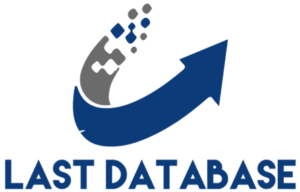One of the best ways to improve your advertising performance is to know what metrics to track. Some metrics only tell you that your ad copy is driving awareness. Others tell you about traffic to your site. But the most important metric you can track is your return on ad spend.
This metric tells you how successful your campaign is. It shows how much money your ad campaigns are making.
Return on Ad Spend is a better metric than Cost Per Conversion because it looks at the total value of a customer, not just the value of their first order from an ad.
What is Return on Ad Spend (ROAS)?
Calculating your return on ad spend costa rica business email list will tell you how much profit a particular ad or campaign is making you. Marketers typically use a ratio to describe your return on ad spend, such as 5:1. In this example, your business made $5 for every $1 spent on advertising.
There is some flexibility in how you calculate your ROI. You can include multiple ads, one ad, or multiple campaigns in the calculation.
For example, you might evaluate a new blogger partnership that includes multiple sponsored posts. But the ROAS calculation doesn’t look at all of the blogger partnerships. It looks at one specific one.
One of the great things about ROI is that it is holistic over time, not just based on the customer’s initial order.
How to Calculate Return on Advertising Costs
To calculate your return on ad spend, simply you can set a low speed divide the total revenue from your campaign by the money you spent on the ad campaign.
For example, if you spent $500 on advertising hong kong phone number and made $1,000, your return on investment would be 2:1.
Before you start calculating, you need to know the total cost of the campaign. Don’t forget about the costs that are not related to driving traffic to your site. Here are some of the costs you should consider when calculating your advertising ROI.
- Costs for suppliers: designers, writers, etc.
- Salary: for full-time employees who run your advertising campaigns.
- Commissions: Some advertisers pay affiliate commissions to get traffic.
- Overhead: The cost of the equipment your marketing team uses.






